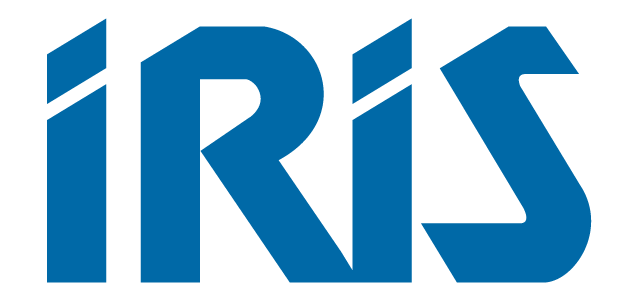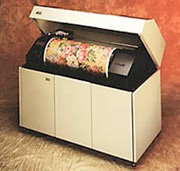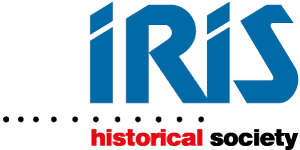
In 1440, Johannes Gutenberg perfected the process of moveable type that heralded in the dawn of the production printing. This disruptive technology increased literacy rates, propelled science and engineering and influenced political and religious freedom throughout the world even today. His invention replaced the arduous task of handwriting books and enabled books to be owned by the masses. Continuous process improvement of Gutenberg’s initial printing concept led to the development of traditional offset, gravure, flexographic and screen printing technologies.
Fast forward nearly 550 years later in 1985 and a small company named IRIS Graphics set out to build the high-resolution digital color inkjet printer. Typical color inkjet solutions at that time consisted of large drop-sized (120 picoliter) printers that relegated these printing systems to producing low-resolution business graphics on letter and legal-sized paper. The Engineering team at IRIS Graphics, headed by Dieter Jochimsen, with support from Hellmuth Hertz at the Lund Institute in Sweden envisioned a different approach to digital inkjet printing. By harnessing the capabilities of continuous-flow inkjet technology, IRIS developed a novel inkjet printer that produced consistent and repeatable ink drops as small as 3 picoliters. The printing system took advantage of air resistance while the drops were inflight to produce 32 variable-sized printed dots. The printing process could easily be scaled up to print on virtually any size of paper or thin substrate. The combination of small and variable dot sizes and print-size independence resulted in the production of the IRIS 3024 and IRIS 3047 printers; the first large-format substrate-independent high-resolution digital color printers.

The IRIS 3024 and IRIS 3047 blazed the path for high-quaity color inkjet printing in numerous fields. The printers became the first commercially-viable and cost-effective proofing solutions to replace expense Dupont Cromalin and 3M MatchPrint analog proofs. In the fine art and photography, artists worked with IRIS printers to produced visually-stunning output on glossy and watercolor paper, referred to as “Giclée’s.” Fashion and upholstery companies used IRIS printers to produce digital color books (colorways) and prototype fabric patterns, which accelerated the development time to design and manufacture garments and apparel. Consumer-goods companies created prototype packaging, point of purchase displays and signage with IRIS printers to reduce their time-to-market for new products. It is fair to say that almost all high-quality and large-format digital inket printing systems today can trace their roots back to the early print work done on IRIS printers.
While most people do not know the name IRIS Graphics or any of the IRIS printers, the legacy of these printers influences all digital printers developed today for printing, fine art, digital photography, packaging, signage and textiles. The dedication of the men and women that worked at IRIS Graphics sparked a revolution in digital printing. The irisgraphics.org website stands as a remembrance to the IRIS “family” and recognizes their great achievement to build who some consider the highest-quality inkjet printing systems ever manufactured.
